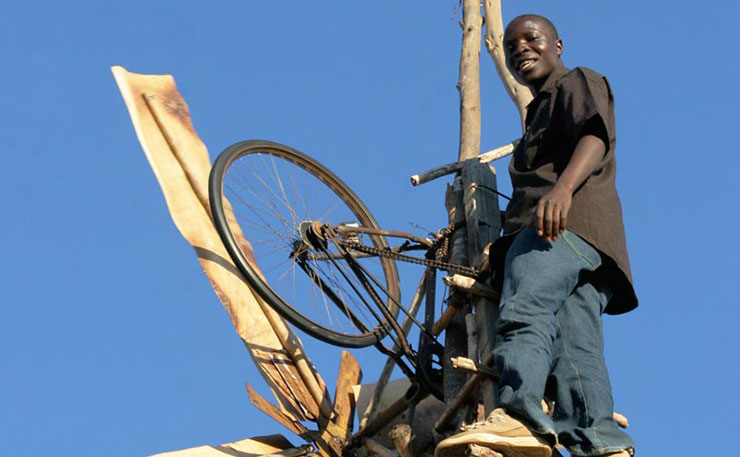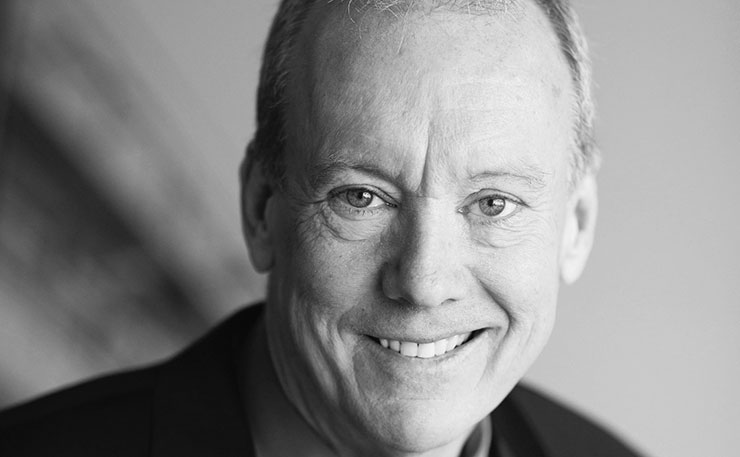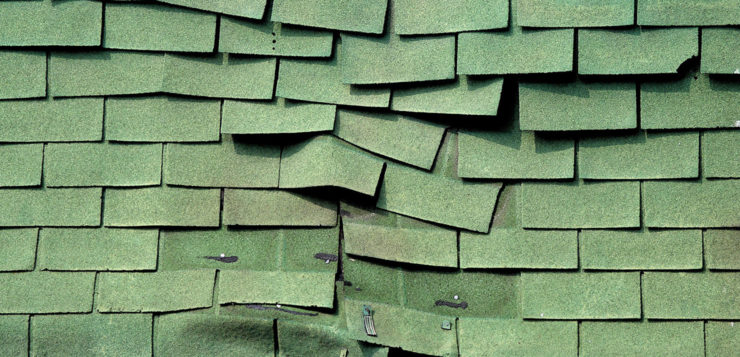On the eve of the COP15 talks in Copenhagen, Anna Tweeddale makes the case for a smarter and more creative approach to designing a greater, greener world.
It is clear that our way of life on the planet is not sustainable. While world leaders struggle to reach consensus about how best to address carbon emissions, designers have for decades been quietly and conscientiously directing their efforts into developing technologies, products, environments and systems that will help us shape the future in a positive and equitable way.
We can now design buildings and cities that not only shelter us but also produce energy, filter water, provide habitat for other species, produce food and process their own waste.
We have started to make products that can be either safely broken down by natural processes or — where their constituent materials are not of a biological nature — recycled when no longer usable.
We know that renewable resources provide thousands of times more energy than we could ever hope to use, that this provision is endless and with no toxic by-products and we have developed fledgling systems to harvest this energy.
So why is it that after so many years of work and remarkable accomplishment these products still remain marginal? What is stopping us from making this our reality?
To achieve rapid social and technological change, we need to learn how to effectively direct and harvest the immense capacity that human culture has for adaptation and creativity. Innovation, at least when it’s discussed by governments, too often refers to new products and technologies developed with highly specialised education, specific and expensive equipment and vast sums of capital. While it is true that these contributions are crucial, they are not the only way to be innovative.
Immense optimism can be found in the staggering number of technological and social innovations coming not only from the laboratories of the west but from the spare bedrooms, garages and streets of cities from Mumbai to Manhattan.

One recent example is the story of William Kamkwamba, a teenager in Malawi who built a windmill generator out of recycled materials to bring electricity to his home and village. We simply need to effectively identify the good ideas like Kamkwamba’s and actively support their refinement and proliferation.
The good news, says expert in sustainable social innovation Ezio Manzini, is that modern communications allow us to circulate good ideas rapidly.
A distributed innovation model can also apply to how we expend our energy. Australians love DIY home and garden projects, for example. How about a DIY television program which shows householders how to rig up systems in their homes to collect water, save or produce energy, eliminate their wastes and grow food? Or where presenters explain which building materials contain toxins and which are recyclable, in addition to which are cheapest and where you can purchase them?
And what about, when you need to build a new bedroom for the kids, ordering a pre-fabricated sustainable room module online that can be modified to suit your requirements? What if you could purchase another module to form a personalised apartment in a new higher density construction? The revolution in accessibility and distribution that companies like IKEA and Bunnings have brought to our homes could also be applied to building sustainable cities. This is no fantasy, such projects are already under development.
That is all very well, you may say, but some of the problems we face cannot be addressed at the individual level, can they?
The strategy needed to address the larger scale questions of sustainability requires us to adopt a systems approach.
Simply put, this means that rather than considering products, industries or problems in isolation, we need to understand their interrelationships and mutual impacts at a broader scale. William McDonough, US architect, product designer and author of the book Cradle to Cradle sees sustainable design contributing to a world where the abundant processes of nature are seen as a model for development; where all products and built environments do more than one job; and where what we now consider to be waste products are instead inputs for a future stage of an ongoing biological or technological cycle. McDonough assumes that a part of our design brief should always be to generate fecundity in the same way as natural systems do.

A case in point: McDonough’s team designed a new plant for Ford Motors in Michigan that responds to its site as an ecosystem. It uses a 10-acre green roof and porous paving to collect storm water. This water then flows to an on-site constructed wetland where it is filtered naturally before returning it to the river.
Or another: an office building constructed for clothing manufacturer The Gap has a roof covered in grasses native to the area that were previously only to be found in limited pockets of state parks. This roof has not only exceeded California’s strict energy requirements by 30 per cent but is now acting as a seed nursery for the grass species.
Can you imagine if Australian cities actively contributed to supporting the survival and proliferation of bio-diversity?
To support a diverse array of ideas and products, and to understand how these integrate in systems, we also need to develop diversity in how we fund innovative ideas.
We currently rely very heavily on one mechanism to foster innovative ideas: private investment through venture capital and angel investors. Although very important for supporting fledgling industries, the fatal flaw of venture capital, in many cases, is that its main focus is on companies and products that can be grown and sold within a short and fixed timeframe.
The downside of the quick turnaround of the venture capital model is that it does not respond to people who want to continue producing their own innovative products and services in the longer term. It does not include the long-term perspective necessary for sustainable development.
In contrast to private investors, governments have a responsibility to invest in our common wealth. We know from the recent stimulus spending that if the government sets up a system of investment to promote certain outcomes, business will adapt to make use of it.
Each and every decision on government spending should be treated as an opportunity to foster innovation — whereas now such decisions often work counter to it. Through the stipulation that firms awarded government contracts must demonstrate long track records in producing similar projects for example, we ultimately risk awarding the biggest opportunities for change to those who have a vested interest in maintaining the status quo.
Fresh thinking and a certain amount of irreverence for the rules are also key ingredients in producing real innovation. In a recent lecture at Stanford University, space technologies entrepreneur Peter Diamandis revealed that the average age of the engineers who put Apollo on the moon was 26. We have many young, talented and energetic designers who are ready and willing to step up to the challenges we face.
The systems that need most of our creative thinking and energy right now are those systems by which we attribute value to ideas, products and processes: our economic and cultural systems. McDonough asks this important question of us: if we were to retroactively set a design brief for our current society, would we articulate a desire for “a system that measures prosperity by how much of your natural capital you can cut down, dig up, bury, burn or otherwise destroy; or measures productivity by how few people are working; progress by the number of smokestacks … and toxic water polluters called factories; destroys cultural and biological diversity at every turn by using one size fits all solutions globally; requires thousands of regulations to keep you from killing each other too quickly; and, while you’re at it, produces a few things so highly toxic that they’ll require thousands of generations to maintain constant vigilance whilst living in terror?”
“If this is not our strategy, what is?” In McDonough’s words, “We need a new design.”
Donate To New Matilda
New Matilda is a small, independent media outlet. We survive through reader contributions, and never losing a lawsuit. If you got something from this article, giving something back helps us to continue speaking truth to power. Every little bit counts.




